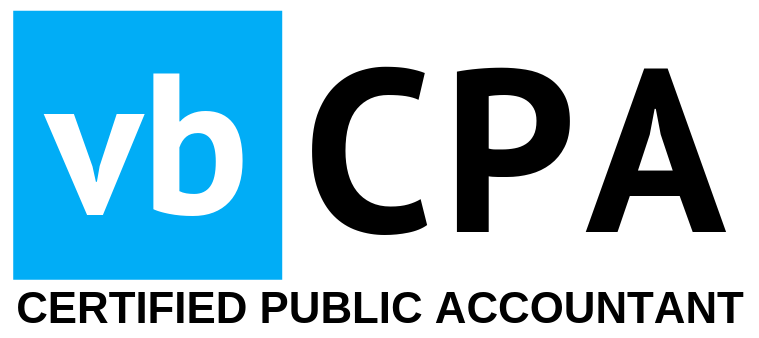Best Tax Strategies for W-2 Employees: Minimize Your Taxes & Maximize Your Refund

As a W-2 employee, navigating the complex world of tax deductions and credits can be daunting. But with the right strategies, you can significantly reduce your tax burden and potentially increase your refund. Here are the top 10 tax planning tips every W-2 employee should know:
1. Maximize Your 401(k) Contributions
One of the most effective ways to reduce your taxable income is by contributing to your employer-sponsored 401(k) plan. In 2023, you can contribute up to $22,500 ($30,000 if you’re 50 or older). These contributions are made with pre-tax dollars, lowering your overall taxable income.
2. Take Advantage of Health Savings Accounts (HSAs)
If you have a high-deductible health plan, consider contributing to an HSA. Contributions are tax-deductible, grow tax-free, and can be withdrawn tax-free for qualified medical expenses. For 2023, you can contribute up to $3,850 for individual coverage or $7,750 for family coverage.
3. Utilize Flexible Spending Accounts (FSAs)
Many employers offer FSAs for healthcare and dependent care expenses. These accounts allow you to set aside pre-tax dollars for eligible expenses, reducing your taxable income. For 2023, you can contribute up to $3,050 to a healthcare FSA and $5,000 to a dependent care FSA.
4. Take Advantage of Education-Related Tax Credits
If you’re pursuing higher education, don’t forget about education-related tax credits. The American Opportunity Tax Credit (AOTC) and the Lifetime Learning Credit (LLC) can help offset the costs of tuition, fees, and course materials.
5. Deduct Job-Related Expenses
While the Tax Cuts and Jobs Act eliminated many miscellaneous itemized deductions, certain job-related expenses for reservists, performing artists, fee-basis government, disabled workers with impairment-related work expenses, and educators can still deduct certain job-related expenses that aren’t reimbursed are still potentially deductible. These may include union dues.
6. Contribute to an IRA
Even if you have a 401(k) at work, you may still be able to contribute to a traditional IRA and deduct your contributions. For 2024, you can contribute up to $7,000 ($8,000 if you’re 50 or older).
7. Keep Track of Charitable Donations
If you itemize your deductions, make sure to keep records of all your charitable donations. This includes cash contributions as well as donated goods.
8. Take Advantage of Energy-Efficient Home Improvements
If you’ve made energy-efficient improvements to your home, you may be eligible for tax credits. These can include solar panels, energy-efficient windows, and certain heating and cooling systems.
9. Consider Tax-Loss Harvesting
If you have investments in taxable accounts, consider tax-loss harvesting. This involves selling investments at a loss to offset capital gains, potentially reducing your tax liability.
Remember, tax laws can be complex and change frequently. It’s always a good idea to consult with a tax professional to ensure you’re taking advantage of all the deductions and credits available to you. By implementing these strategies, you can potentially save thousands on your taxes and keep more of your hard-earned money.

Leave a Reply